The General Practitioner fly – forefather locked in place 95 million years ago – during the Upper Cretaceous period, when Triceratops, Tyrannosaurus, and Velociraptor roamed the earth. Early ancestors of the Atlantic salmon and steelhead have probably also been feeding on prawns like this one
The prawn they know so well
Pandalus Borealis – Known as the North Sea Shrimp, Northern Shrimp, or Greenland Shrimp – is the creature that comes to mind for most fly tiers when they’re tying a General Practitioner fly.
We often have multiple names for the things we cherish, and this sizable prawn is a favoured food source for both humans and Salmonidae.
This pink-hued prawn inhabits depths ranging from 20 to 1,330 meters (66 to 4,360 feet) in both the Atlantic and Pacific Oceans. It thrives in relatively cold waters, with temperatures ranging from 2 to 14 degrees Celsius (36 to 57 degrees Fahrenheit).
Both the Atlantic salmon and Steelhead are known to feed on these prawns, along with many other crustaceans.
Image courtesy of
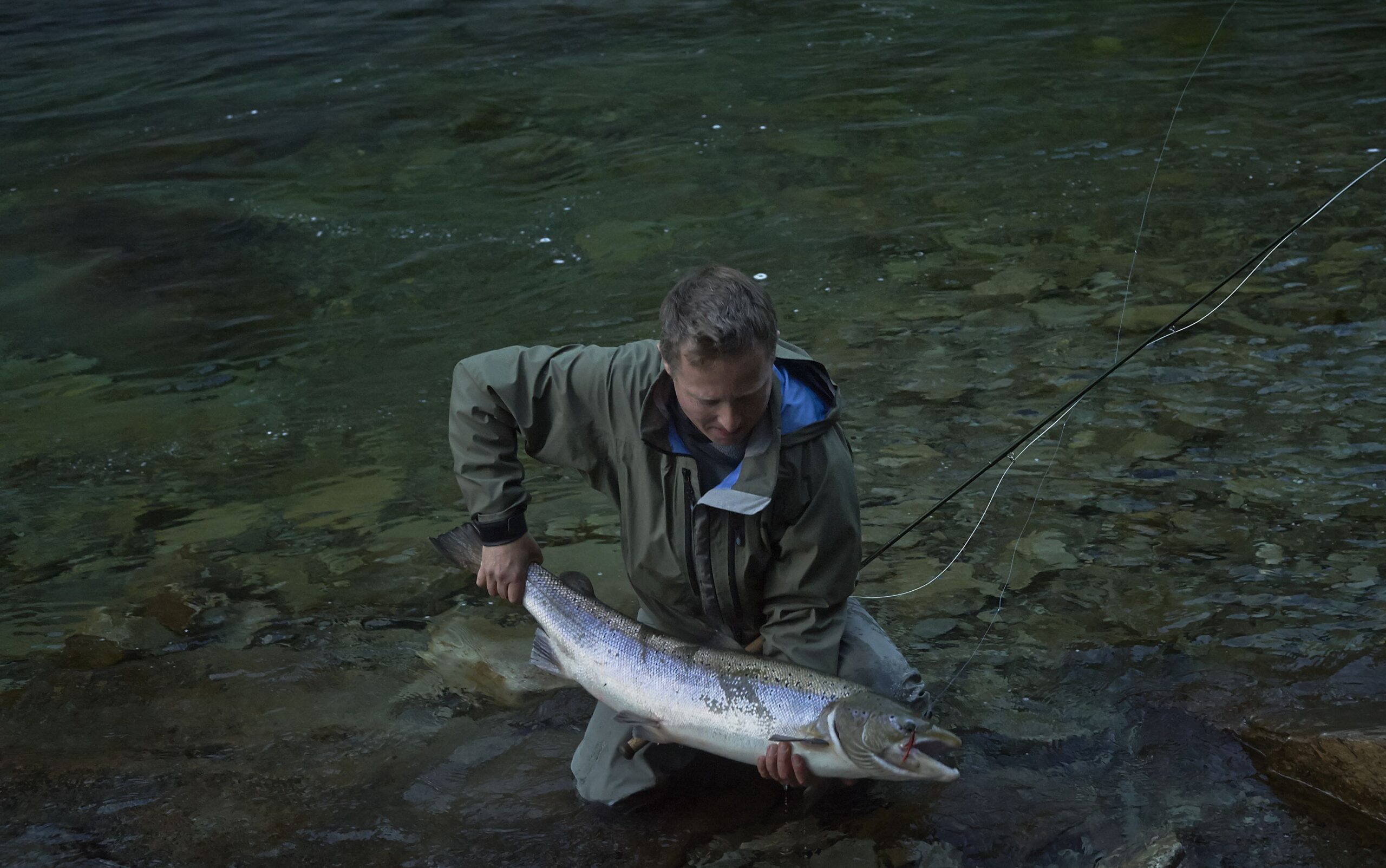
Fish and Shrimp: A Favorite Menu for Atlantic Salmon
Atlantic Salmon have a strong preference for shrimp flies, as studies indicate that a significant portion of their diet consists of shrimp. In fact, there have been instances where a General Practitioner fly was mistaken for the real thing.
Revealing studies
Insightful research conducted by biologists Jacobsen, J. A., and Hansen, L. P. sheds light on the feeding habits of salmon in the North-East Atlantic. Their studies revealed that while shrimps constituted 95% of the prey in terms of numbers, they only contributed about 30% by weight.
Interestingly, the stomach content analysis showed that fish made up 66% of the weight, with a focus on mesopelagic fish Additionally, larger pelagic fish such as herring, blue whiting, and mackerel were also part of the salmon’s diet.
By weight, 66% of the stomach content was fish, particularly mesopelagic fish. Some larger pelagic fish such as herring, blue whiting, and mackerel were also part of the dies.
The menu card
Prawn Hypnosis
The General Practitioner fly must have prawn imitations.
The General Practitioner story
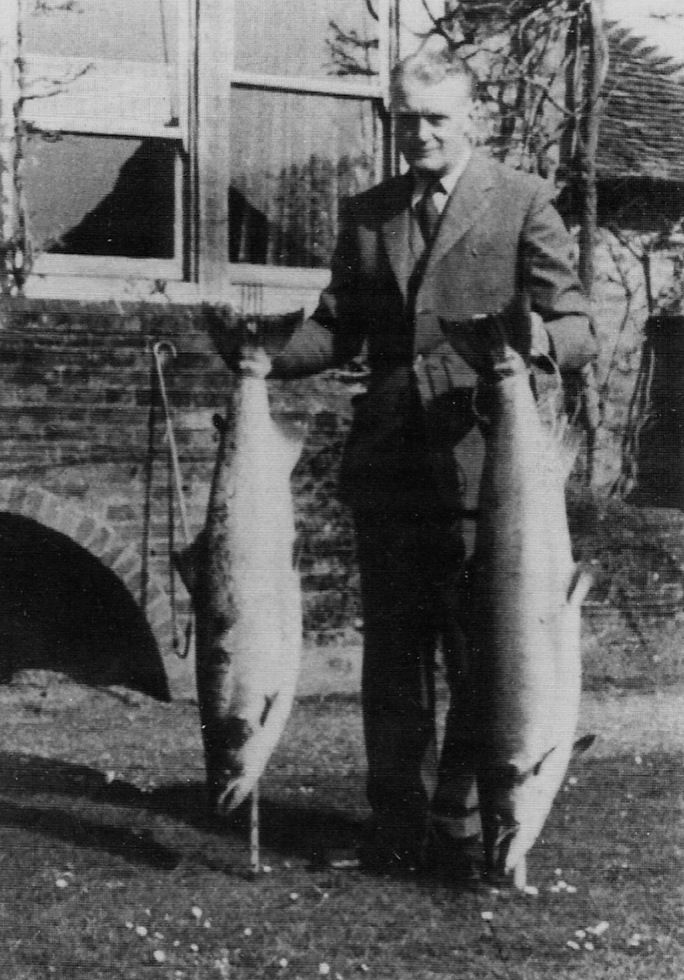
Tying the General Practitioner
Beware the Woodoo
When casting the General Practitioner fly, I’ve witnessed a remarkable phenomenon: seemingly disinterested fish suddenly electrified as if this fly were the one they had been eagerly awaiting. I’ve seen them dart toward the fly at full speed, only to halt abruptly upon reaching it, then hastily retreat to their hiding spots. This behavior, unique to the General Practitioner fly, is truly remarkable.
The General Practitioner fly can be scary.
Indeed, the General Practitioner fly can evoke a sense of unease. Its presence, along with other larger prawn flies, can sometimes have a negative impact on salmon. In low water conditions or when numerous fish are concentrated in a pool, I’ve observed salmon react with apprehension as the prawn fly approaches.
Personally, I prefer to tie the General Practitioner fly on double hooks sized #6 or #4. This gives the fly the right balance of strength and posture. I aim for the fly to drift towards the fish, ideally in a slightly sideways manner, presenting a natural and enticing allure.
Tying the General Practitioner fly (the Fishmadman way)
Mustad 80525BL is Probably one of the best if not the best double salmon hook in its class and the perfect choice for the General Practitioner fly. Make sure to find a uniform hook. The GP pattern does not take it easy with hooks that are unsymmetrical-this
a # 4 hook Add silver tag – Use red threadWind body of seals fur.
Tie in two Whiting Spey Hackles hot orange – ¾ of the way up the body and another feather at the top.
Run the two Spey hackles through the body. Secure with the silver tinsel – Pluck the fur out.
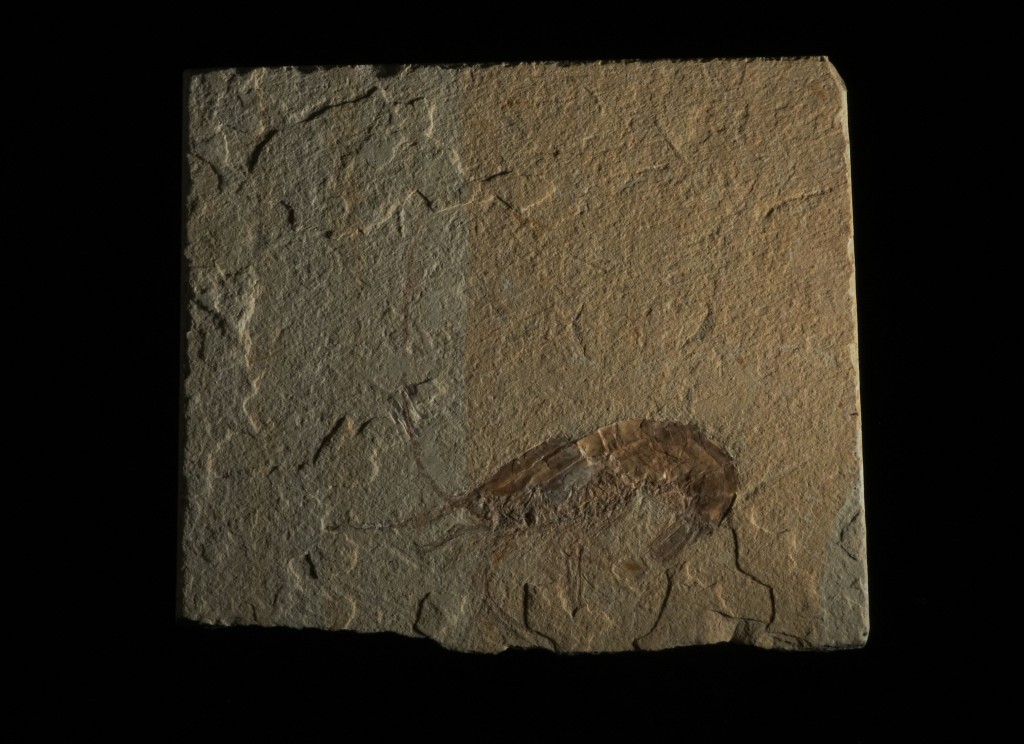

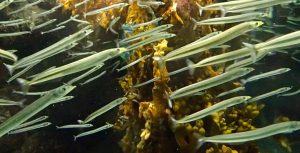
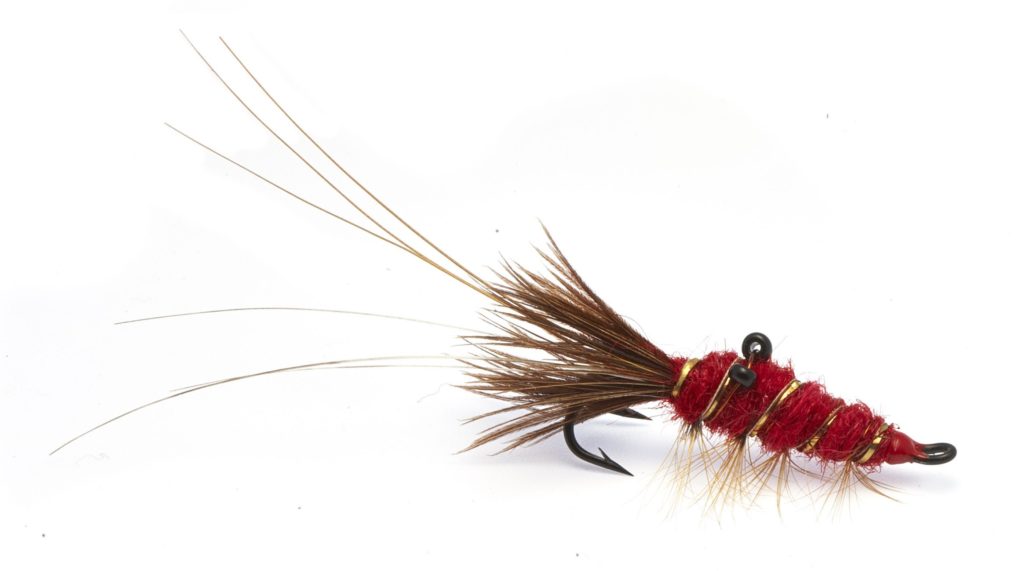
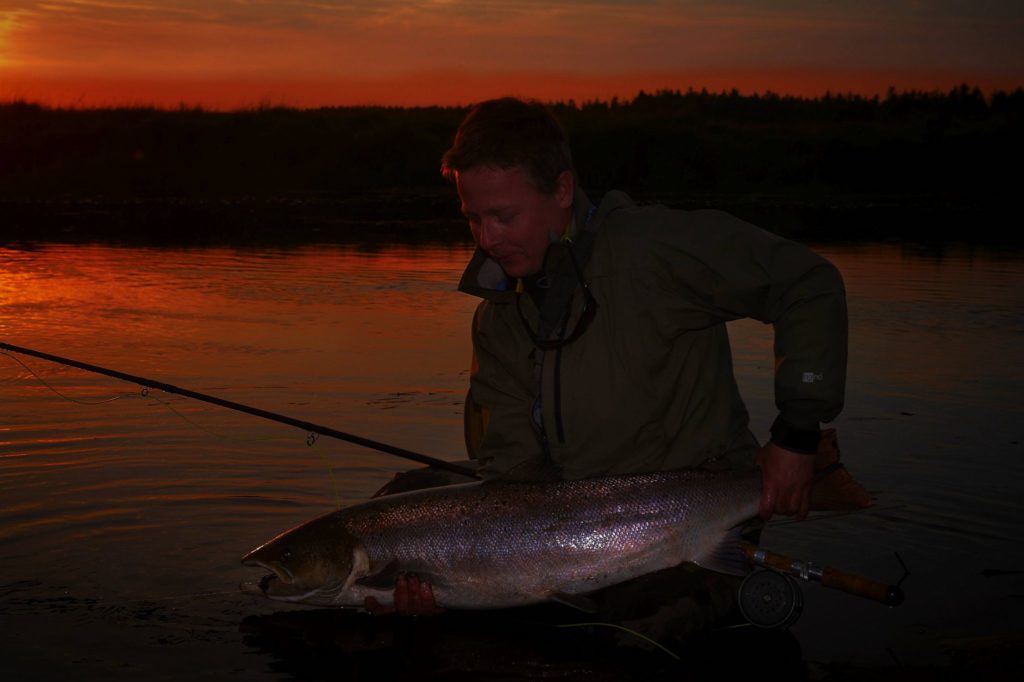
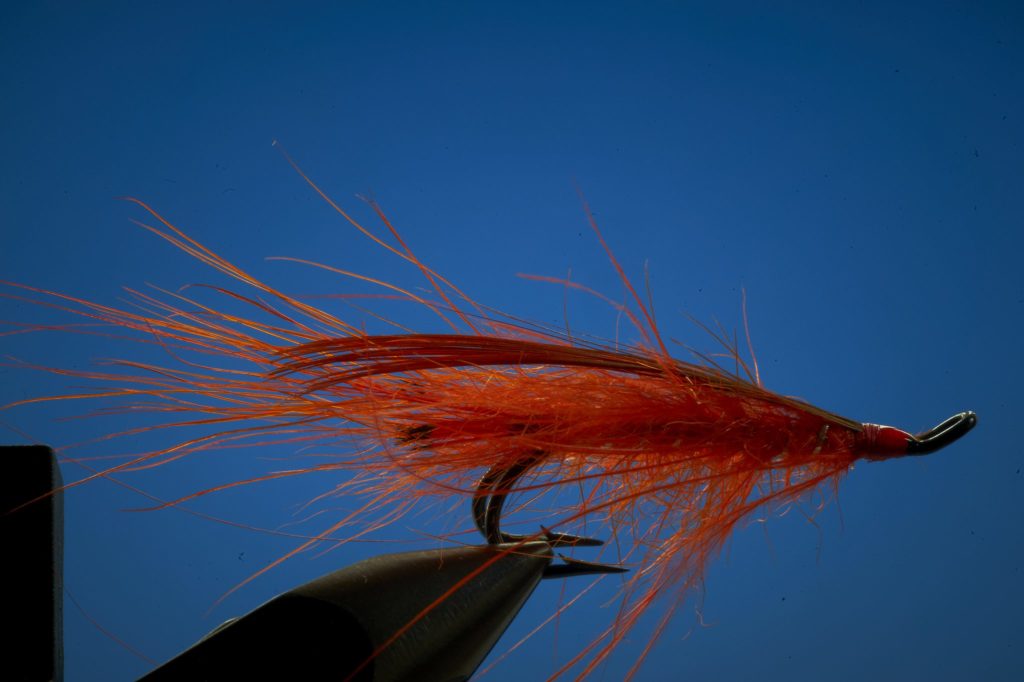
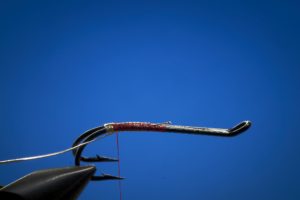
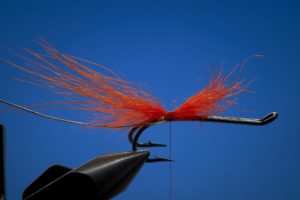
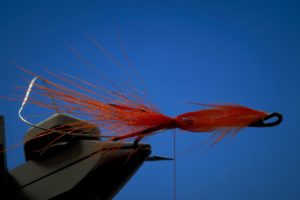
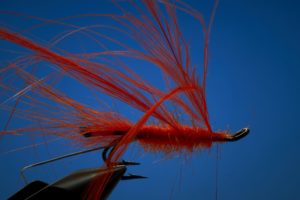
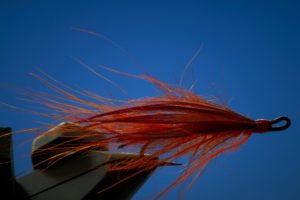
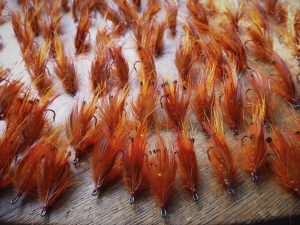 See our other page on the
See our other page on the 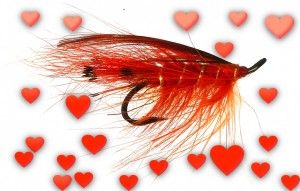 Read about how salmon
Read about how salmon